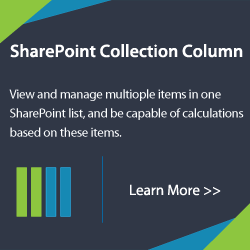Decrease workload by delegating tasks evenly to responsible managers. Sharepoint AD Administration provides system administrator authority but with limited abilities to create, edit, rename, and/or delete OUs and AD properties. Assigned individuals also have the capability to reset passwords, create and manage users and groups, and edit AD progiles from within a predefined OU.
Most companies have a password policy, and it is usually scheduled every 60 days for password change. The new password change should be different, not to mention the complexity it requires.
Usual password change flow looks like this, in 4 steps:
And on some times, some employees forget the current password as even 60 days sounds like a long time, in fact it’s quite often for a password change. So on some instances, password change would be in a rush that they actually forget which password is used for the change.
With Sharepoint AD Administration:
- Managers can delegate the right to reset the password to IT Help Desk team.
- If a user forgets his password, IT Help Desk will be able to support and reset password without manager’s intervention
Lastly, this saves time without frustrating waiting from IT or managers processing password reset requests.
| Feature List | AD Administration | SharePoint |
|---|---|---|
| Allows administrator to permit any users the ability to change other’s AD properties |  |
 |
| Administrator can grant any users with authoritative power to manage organizational units, users and groups in AD |  |
 |
| With the permission of the administrator, users can e-mail other users or groups directly from within AD admin web part |  |
 |
| Administrator can decide which properties to restrict from certain users |  |
 |
| Administrator can decide delegation scope and permission for each user |  |
 |
| Display users, groups and sites in an alphabetical view, sites view, or AD organization view |  |
 |
| Records each operation in a log file |  |
 |
To know more about Sharepoint AD Administration, please check out Sharepointboost.
Questions, comments, suggestions? Email us: sales@BoostSolutions.com








